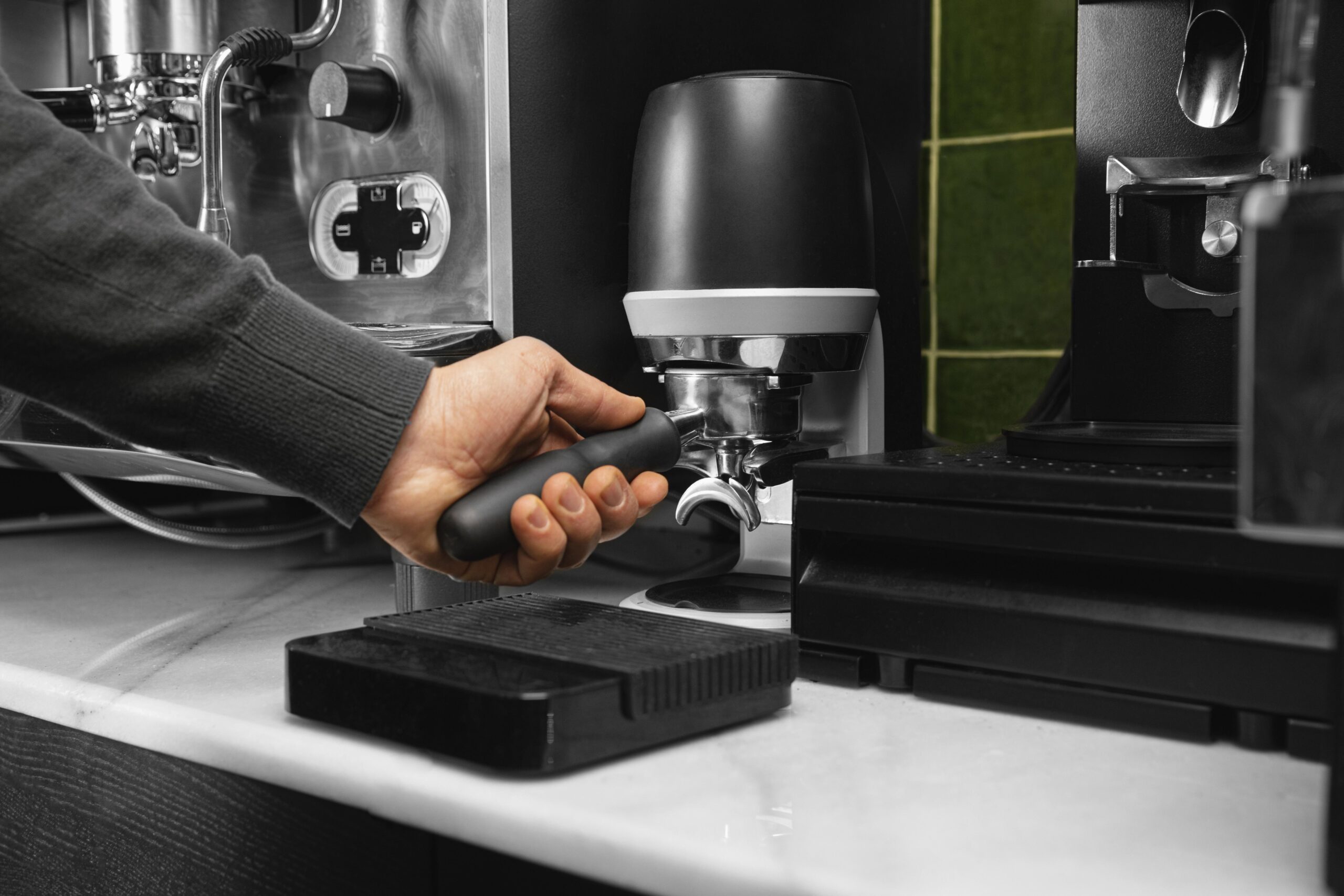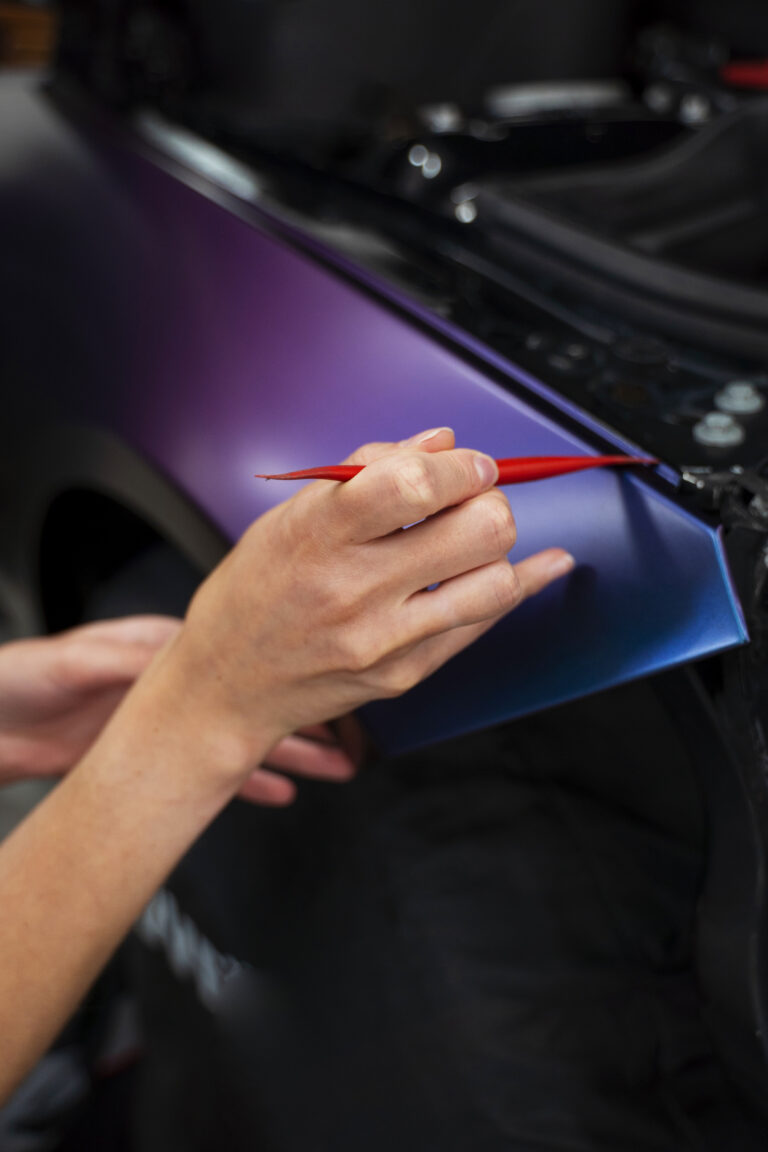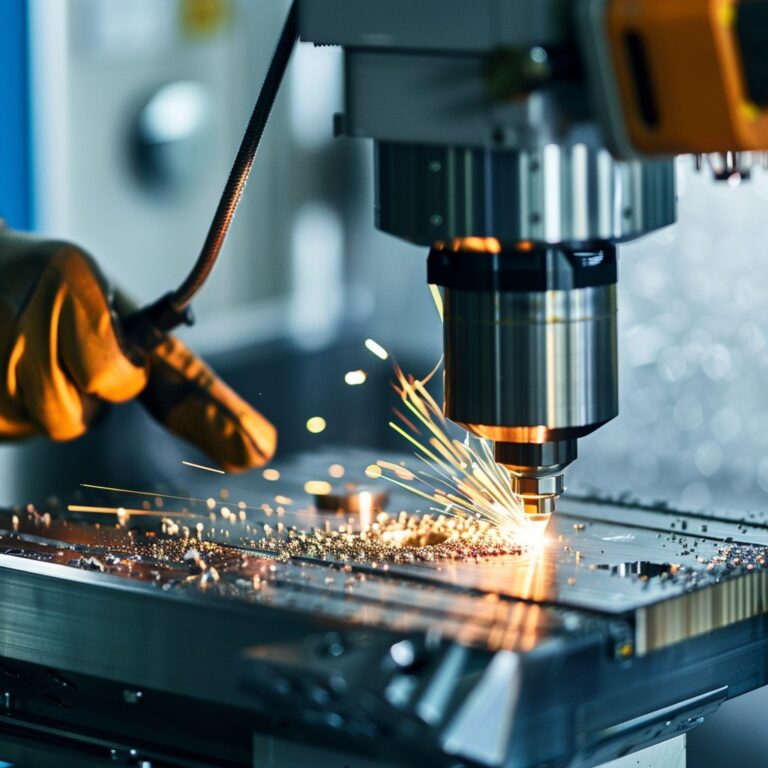Exploring 3D Resin Products: The Best Resins for 3D Printing in 2024

The world of 3D printing has evolved rapidly over the past decade, and one of the most significant developments is the use of resin in 3D printing. Resin-based 3D printing offers high precision, smooth finishes, and the ability to produce intricate details that filament-based printers often struggle with. As we move into 2024, advancements in resin technology are unlocking new possibilities for various industries, from jewelry to medical devices. In this guide, we’ll explore the best resins for 3D printing in 2024 and how they are transforming modern manufacturing and creative projects.
What Is 3D Resin Printing?
3D resin printing, also known as stereolithography (SLA) or digital light processing (DLP) printing, uses liquid resin that solidifies when exposed to ultraviolet (UV) light. Unlike traditional FDM (fused deposition modeling) 3D printing, which uses thermoplastic filament, resin printing excels in creating highly detailed models with superior surface quality.
Resins used in 3D printing come in a variety of formulations, each designed for specific purposes. As technology progresses, new resin types are emerging, offering better strength, flexibility, and specialized properties.
Types of 3D Printing Resins
There are several types of resins available for 3D printing, each with unique properties. Here are some of the most popular ones used in 2024:
- Standard Resins
- Overview: Standard resins are the most commonly used in desktop SLA and DLP 3D printers. They are cost-effective and produce high-quality prints with excellent detail and smooth surfaces.
- Best For: Prototyping, hobby models, and visual display parts where aesthetics matter more than functionality.
- Key Features: High precision, smooth finish, easy to post-process (sanding and painting).
- Popular Brands: Elegoo Standard Resin, Anycubic Basic, Phrozen Aqua.
- Tough Resins
- Overview: Tough resins are designed to mimic the mechanical properties of ABS plastic. They offer higher impact resistance, durability, and the ability to withstand stress without breaking.
- Best For: Functional prototypes, mechanical parts, and engineering applications where strength and impact resistance are essential.
- Key Features: Impact resistance, flexibility, and toughness.
- Popular Brands: Siraya Tech Fast, Formlabs Tough Resin, Prusa Tough Resin.
- Flexible Resins
- Overview: Flexible resins are soft and can bend or compress without breaking. They are ideal for products that require elasticity or rubber-like properties.
- Best For: Wearables, soft grips, seals, and models that need flexibility.
- Key Features: Rubber-like flexibility, high elongation, and bendability.
- Popular Brands: Formlabs Flexible 80A Resin, Anycubic Flexible Resin.
- High-Temperature Resins
- Overview: High-temperature resins are specifically formulated to withstand extreme heat, making them ideal for applications requiring thermal stability.
- Best For: Mold-making, casting, and manufacturing parts that need to resist high temperatures.
- Key Features: High thermal resistance, dimensional stability.
- Popular Brands: Formlabs High Temp Resin, Liqcreate High Temp.
- Dental and Medical Resins
- Overview: Resins designed for dental and medical applications are biocompatible and safe for use in the human body. These resins are often used for custom dental trays, surgical guides, and medical devices.
- Best For: Dental models, crowns, medical prototypes, and patient-specific devices.
- Key Features: Biocompatibility, high precision, FDA approval for certain resins.
- Popular Brands: NextDent Biocompatible Resins, Formlabs Dental Resin.
- Castable Resins
- Overview: Castable resins are designed to burn away cleanly during the casting process, leaving behind precise molds for materials like metal or wax. These resins are ideal for applications where intricate details are necessary, such as jewelry or dental molds.
- Best For: Jewelry casting, dental crowns, and fine art pieces.
- Key Features: High detail, clean burnout, and smooth surface finish.
- Popular Brands: Formlabs Castable Wax Resin, BlueCast X5, Anycubic Castable Resin.
- Ceramic Resins
- Overview: Ceramic resins offer a unique ability to create ceramic parts through 3D printing. After printing, the parts are fired in a kiln to remove the resin and fuse the ceramic particles, resulting in a solid ceramic object.
- Best For: Art, decorative pieces, and functional ceramics.
- Key Features: Heat resistance, ability to be fired in a kiln, ceramic-like appearance.
- Popular Brands: Formlabs Ceramic Resin, Tethon 3D Ceramic Resin.
How to Choose the Right Resin for Your Project
Choosing the right resin depends on your specific project requirements. Here are a few factors to consider when selecting a 3D printing resin:
- Purpose: Are you creating a prototype, a functional part, or a decorative model? For prototypes or visual models, standard resins might suffice. For functional parts, tough or high-temperature resins are better suited.
- Durability: Will the printed part need to withstand physical stress or impacts? Tough resins are ideal for applications requiring strength and durability.
- Flexibility: If your model needs to bend or compress, flexible resins provide the necessary elasticity.
- Temperature Resistance: For parts that need to withstand high temperatures, such as molds for casting, high-temperature resins are a must.
- Aesthetic Finishing: If you need fine details or smooth surfaces, castable or ceramic resins offer excellent finishes for jewelry, art, and decorative pieces.
- Biocompatibility: For dental or medical applications, ensure you use resins that are certified for biocompatibility to meet safety standards.
What’s New in 3D Resins for 2024?
As the 3D printing industry continues to evolve, several trends are emerging in resin technology for 2024:
- Eco-friendly Resins: Sustainability is becoming a significant focus, with new eco-friendly, biodegradable resins entering the market. These resins are designed to reduce environmental impact without compromising on performance.
- Faster Curing Times: Manufacturers are releasing resins that cure more quickly under UV light, speeding up the printing process and reducing the overall time needed to produce parts.
- Improved Toughness and Flexibility: Innovations in tough and flexible resins are improving their mechanical properties, making them more durable and versatile for a wider range of applications.
- Custom Blends for Specific Industries: More industry-specific resins are being developed, catering to specialized sectors like aerospace, automotive, and medical devices. These custom blends offer enhanced performance in niche applications.
Conclusion
The 3D resin printing market is poised for continued growth and innovation in 2024, offering exciting possibilities for creators, engineers, and manufacturers. Whether you’re a hobbyist or a professional, selecting the right resin is crucial for achieving the best results for your project. By understanding the properties of each resin type and keeping up with the latest trends, you can harness the full potential of 3D printing in your work.
With a wide range of standard, tough, flexible, and specialized resins available, there’s a resin solution for almost every application in 2024. Whether you’re printing functional prototypes, intricate jewelry, or dental models, choosing the right material will help ensure your prints are both high-quality and fit for purpose.






